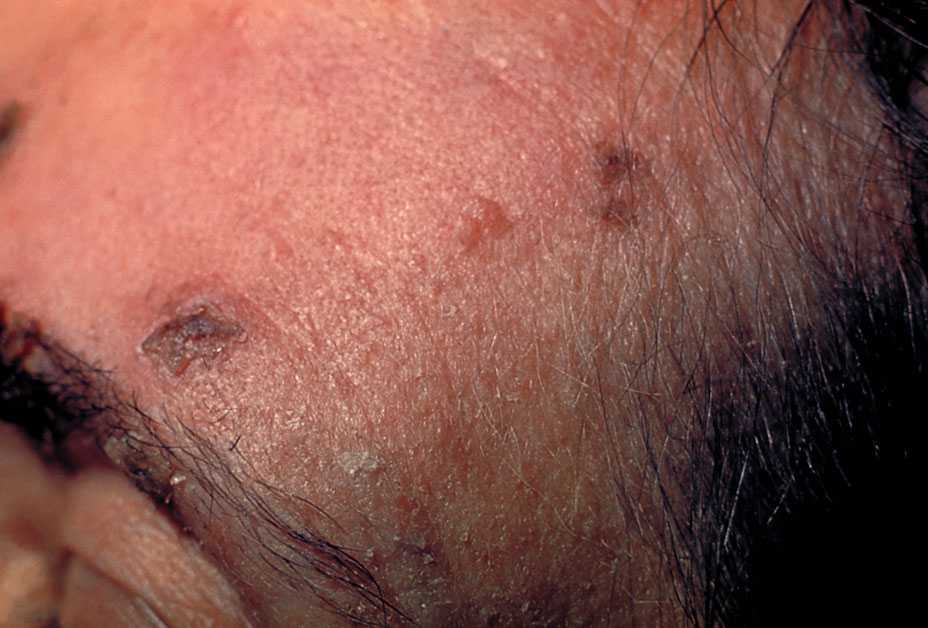Shingles
[ˈshiŋ-gəlz]

Shingles, also called herpes zoster, is a painful skin rash. Shingles can lead to severe nerve pain that can last for months or years after the rash goes away. Shingles is caused by the varicella zoster virus—the same virus that causes chickenpox. If you’ve ever had chickenpox, you can get shingles. Almost 1 out of 3 people in the United States will develop shingles in their lifetime. You can get shingles at any age, but it's more common in older adults. Older adults also are more likely to have severe disease. CDC recommends that people age 60 or older get the shingles vaccine.
Quiz
Key Facts
- Shingles is caused by the varicella zoster virus—the same virus that causes chickenpox.
- An estimated 1 million people get shingles each year in the United States.
- You can get shingles at any age, but it is more common in people age 60 or older.
- People with shingles cannot spread shingles to others, but they can spread the virus and cause chickenpox.
- Shingles vaccine is recommended for people age 60 or older to protect against shingles and the long-term pain that it can cause.
Media
Prevention Tips
-
CDC recommends that people age 60 or older get one dose of the shingles vaccine.
-
People who have a weakened immune system should talk to their healthcare provider to see if it is safe for them to get the shingles vaccine.
-
People who have previously had shingles should still get the vaccine to help prevent future occurrences of the disease.
-
Shingles vaccine is available in pharmacies and doctors’ offices. Talk with your healthcare provider if you have questions about the shingles vaccine.
-
If you have shingles, don’t touch the rash, and keep it covered. Until the rash crusts over, stay away from pregnant women who aren’t protected against chickenpox, premature infants, and people with weakened immune systems.
- Page last reviewed: March 3, 2016
- Page last updated: March 3, 2016
- Content source:
- Centers for Disease Control and Prevention
- Page maintained by: Office of Associate Director of Communication, Division of Public Affairs


 ShareCompartir
ShareCompartir




